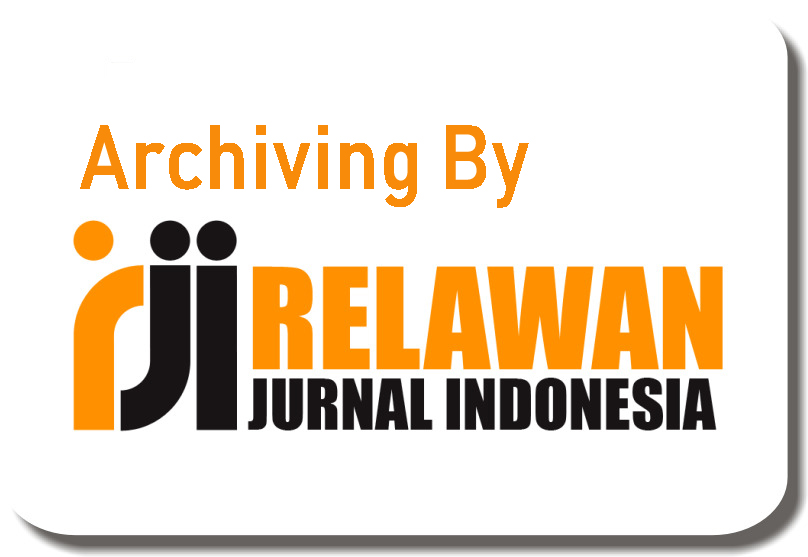Investigation of vocabulary learning strategies and the difficulty faced by the students of junior high school
Abstract
Vocabulary plays a vital role in language acquisition, especially for students studying English as a Foreign Language (EFL), as it significantly affects their comprehension, communication skills, and academic success. However, students in Islamic junior high schools encounter unique challenges due to their exposure to multiple languages and the integration of religious themes, which are often not addressed in current research. This research aims to investigate the vocabulary learning strategies used by students at MTs Muslimat NU Palangka Raya, along with the challenges they face. A mixed-methods approach was employed, gathering data through questionnaires, interviews, and classroom observations. The results indicate that cognitive and social strategies are the most commonly utilized, while challenges include difficulties with vocabulary retention, pronunciation issues, and language interference. The study concludes that integrating contextually and culturally relevant approaches into vocabulary teaching can improve student learning and retention, especially in religious educational contexts.
Keywords
Full Text:
PDFReferences
Anwar, M. (2023). Cultural dimensions in vocabulary learning among Islamic junior high school students. Journal of English Language and Education, 6(2), 50–62. https://doi.org/10.31004/jele.v6i2.xxx
Braun, V., & Clarke, V. (2006). Using thematic analysis in psychology. Qualitative Research in Psychology, 3(2), 77–101. https://doi.org/10.1191/1478088706qp063oa
Cohen, A. D. (1998). Strategies in learning and using a second language. London: Longman.
Cook, V. (2008). Second language learning and language teaching (4th ed.). London: Hodder Education.
Coxhead, A. (2000). A new academic word list. TESOL Quarterly, 34(2), 213–238. https://doi.org/10.2307/3587951
Creswell, J. W. (2014). Research design: Qualitative, quantitative, and mixed methods approaches (4th ed.). Thousand Oaks, CA: SAGE Publications.
Creswell, J. W., & Plano Clark, V. L. (2018). Designing and conducting mixed methods research (3rd ed.). Thousand Oaks, CA: SAGE Publications.
Ellis, R. (2005). Instructed second language acquisition: A literature review. Wellington, NZ: Ministry of Education.
Fitriani, R., & Sulaiman, A. (2024). The effectiveness of multimedia-based vocabulary instruction in Islamic junior high schools. Journal of English Language and Education, 6(2), 45–57.
Goh, C. (2008). Metacognitive instruction for second language listening development: Theory, practice and research implications. In RELC Regional Seminar. Singapore: SEAMEO RELC.
Husnawati, A., Maulida, L., & Hidayat, R. (2024). Peer collaboration in vocabulary acquisition among junior high school students. TEFLIN Journal, 35(1), 88–105.
Krashen, S. D. (1985). The input hypothesis: Issues and implications. New York: Longman.
Lightbown, P. M., & Spada, N. (2013). How languages are learned (4th ed.). Oxford: Oxford University Press.
Liu, M., & Xu, H. (2021). Cross-linguistic influence in English pronunciation among multilingual learners. Asian EFL Journal, 28(3), 111–128.
Milton, J. (2023). Measuring second language vocabulary acquisition. Bristol: Multilingual Matters.
Nation, I. S. P. (2001). Learning vocabulary in another language. Cambridge: Cambridge University Press.
Nation, I. S. P. (2022). Teaching and learning vocabulary: Revisiting the basics. Cambridge: Cambridge University Press.
Odlin, T. (1989). Language transfer: Cross-linguistic influence in language learning. Cambridge: Cambridge University Press.
Oxford, R. L. (1990). Language learning strategies: What every teacher should know. Boston, MA: Heinle & Heinle.
Rahman, F., Susanti, L., & Yusuf, M. (2022). Discovery strategies in EFL vocabulary learning: A case in Islamic junior high schools. Indonesian Journal of English Education, 9(1), 35–50.
Sari, N., & Hidayati, T. (2023). Spelling and pronunciation challenges in vocabulary acquisition: A study in Islamic junior high schools. Journal of Applied Linguistics and Language Research, 10(2), 23–38.
Schmitt, N. (2000). Vocabulary in language teaching. Cambridge: Cambridge University Press.
DOI: https://doi.org/10.31004/jele.v10i3.960
Refbacks
- There are currently no refbacks.
Copyright (c) 2025 Aulia Rahmi, Rahmadi Nirwanto, Zaitun Qamariah

This work is licensed under a Creative Commons Attribution-ShareAlike 4.0 International License.



